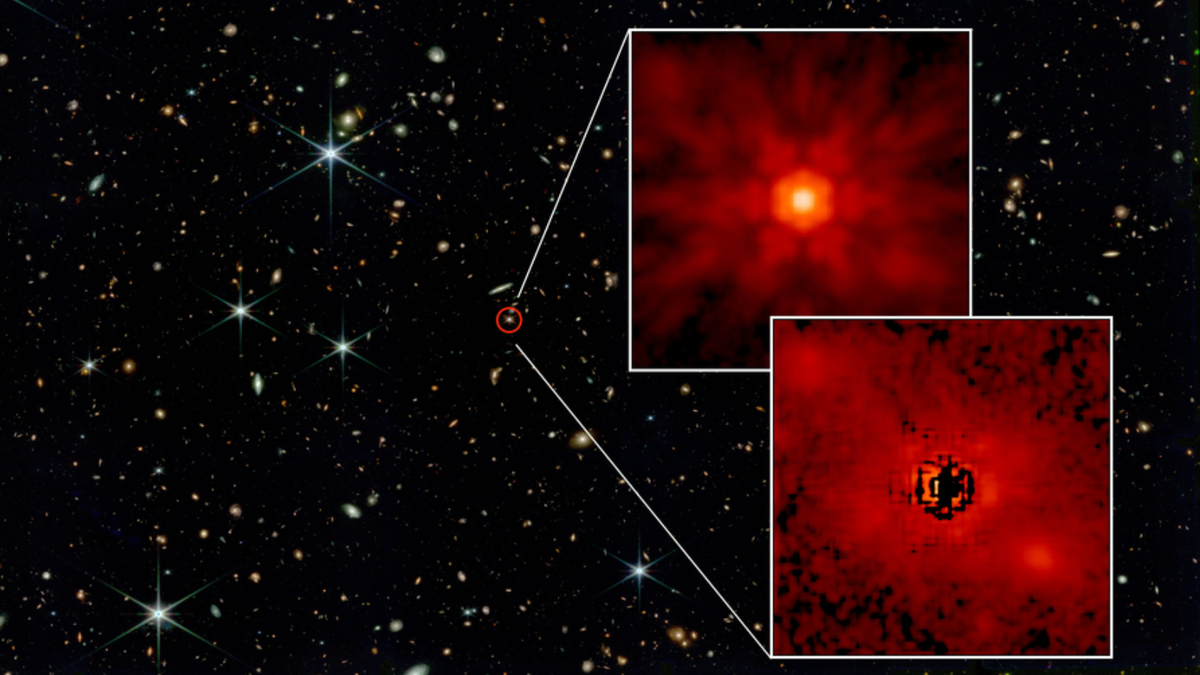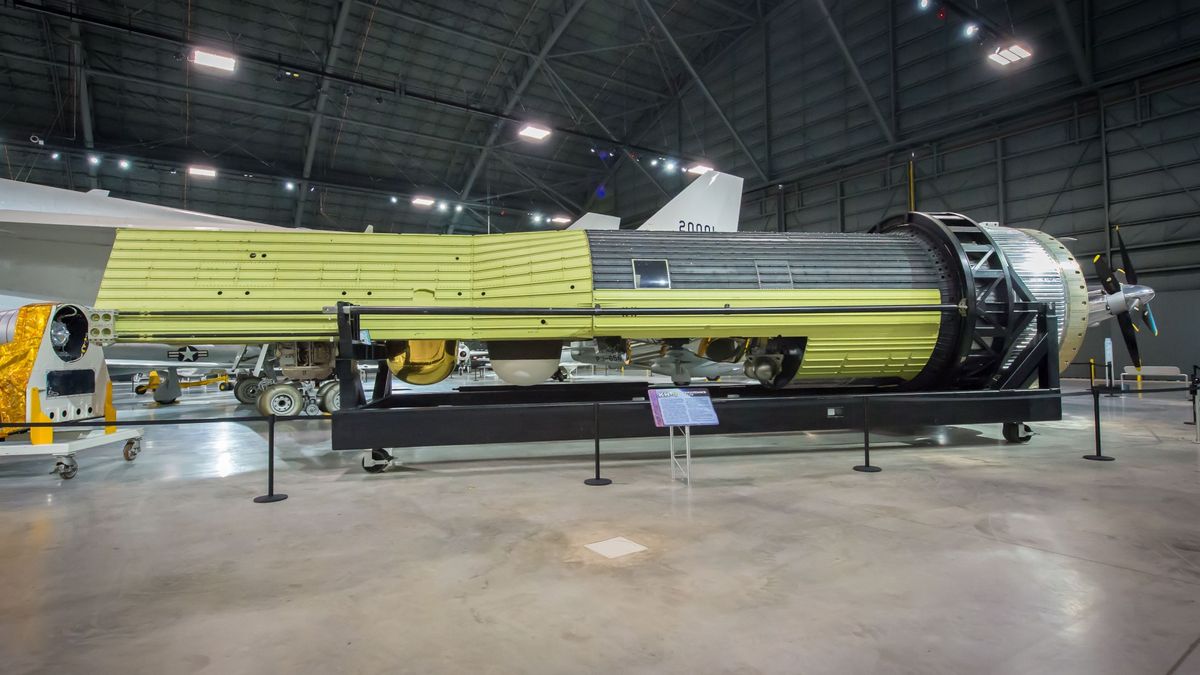JWST Observations Shed Light on the Early Universe
The James Webb Space Telescope (JWST) has made groundbreaking observations of light emitted by stars surrounding some of the earliest supermassive black holes in the universe. These black holes were observed less than a billion years after the Big Bang. A team from the Massachusetts Institute of Technology (MIT) conducted these observations, aiming to understand how these cosmic giants at the centers of galaxies accumulated immense masses equivalent to millions, sometimes billions, of suns. Specifically, the researchers sought to uncover how these black holes grew so rapidly and whether the galaxy or the black hole formed first.
The Enigmatic Feeding Habits of Supermassive Black Holes
The supermassive black holes observed by the MIT team exhibit voracious feeding behavior, pulling in surrounding material that generates incredible tidal forces in an accretion disk. This process causes the disk to emit light, illuminating the surrounding area. The feeding frenzy of these black holes fuels the formation of quasars, among the brightest objects in the universe, surpassing the collective brightness of all stars in nearby galaxies.
The mystery deepens when examining supermassive black holes that appear in the universe’s early stages, before a billion years have passed since the Big Bang. The standard theory dictates that these black holes should take billions of years to grow through the merger of smaller black holes. The question arises: how did these massive entities emerge so soon after the universe’s inception? One hypothesis suggests that they originated from “heavy seed” black holes.
Insight into the Early Growth of Supermassive Black Holes
By utilizing the JWST to observe faint light emitted by stars in the host galaxies of ancient quasars, the MIT team gathered evidence indicating that supermassive black holes in the early universe indeed sprouted from heavy seeds. These black holes, billions of times more massive than the sun, suggest that they may have acquired their mass before their host galaxies, implying that the initial black hole seeds might have been significantly larger than those seen today.
Investigations into the birth of galaxies and their central black holes have long puzzled astronomers. Initially misidentified as star-like points due to their luminosity, quasars were later revealed to be a result of massive material accretion onto supermassive black holes at galaxy centers. Despite their brilliance, the stars surrounding these black holes emit fainter light, making their observation challenging.
Overcoming the Challenges of Observation
The JWST’s remarkable capacity to peer further back in time than previous telescopes, combined with its exceptional sensitivity and resolution, enabled the MIT team to overcome these challenges. By diligently analyzing the light from six ancient quasars, the researchers successfully discerned the starlight emitted by stars near the quasars, shedding light on the structure of ancient galaxies.
Through a sophisticated computer model, the team segregated the light emissions from the compact accretion disks surrounding the black holes and the diffuse starlight, allowing them to estimate the masses of both components within the galaxies. Surprisingly, the measurements revealed that the supermassive black holes accounted for around 10% of the total mass of the stars orbiting them, indicating an intriguing disparity compared to modern galaxies.
The Growth Conundrum
These findings raise fundamental questions regarding the growth processes of galaxies and their central black holes. Data suggests that in the early universe, black holes might have expanded more rapidly than their host galaxies. This prompts inquiries into whether the black hole or the galaxy developed first, hinting that black holes might have accumulated mass before their surrounding galaxies did.
The team’s breakthrough study challenges existing theories about the formation and rapid growth of supermassive black holes in the early universe. By detecting the elusive stellar light surrounding ancient quasars, the MIT researchers are laying the groundwork for a deeper understanding of the mechanisms driving cosmic evolution.
For more detailed analysis, the team’s results have been published in the Astrophysical Journal.
Image/Photo credit: source url





